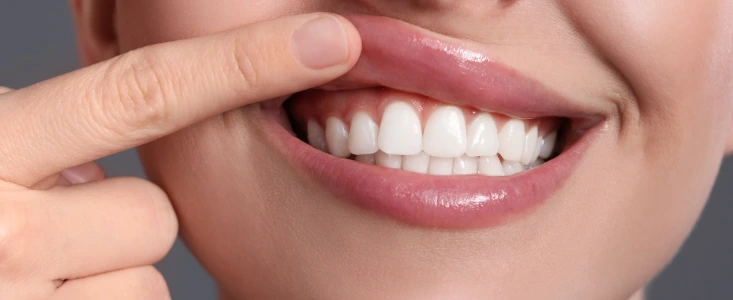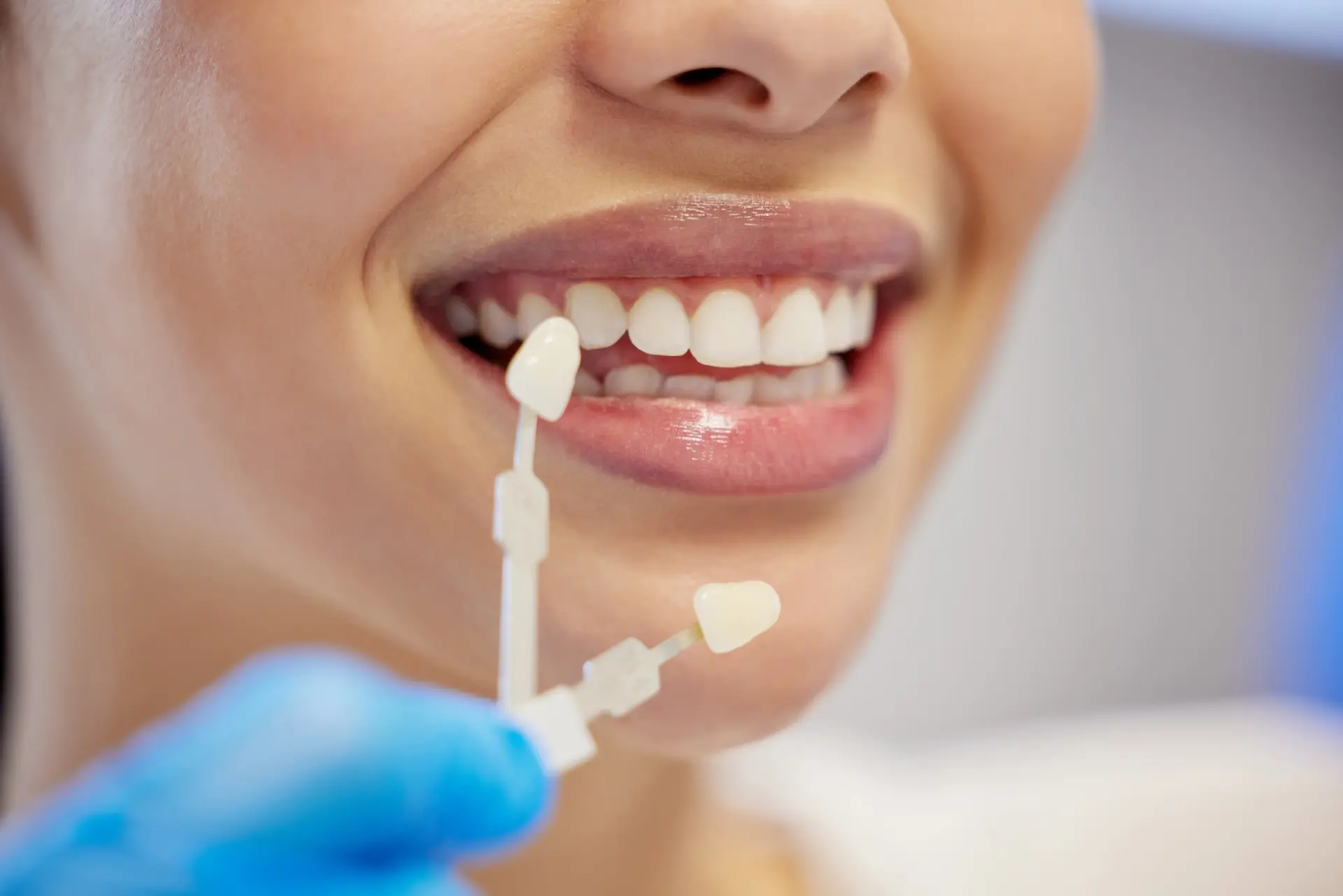Did you know that tooth enamel is the hardest substance in your body? It’s even stronger and harder than your bones! But even though enamel is strong, acids, plaque, and bacteria in your mouth can damage it.
What is tooth enamel?
Tooth enamel is the durable, protective outer layer of your tooth. This hard crystalline substance is composed of minerals and forms a barrier over the surface of your teeth. Tooth enamel doesn’t just make your teeth shine – this glossy, semi-transparent outer layer also plays a crucial role in insulating the sensitive inner layers from chemicals and extreme temperatures.
Even though tooth enamel is stronger and harder than bone, it can break down over time. Plaque, bacteria in your mouth, and food acids can damage enamel.
What is the main function of tooth enamel?
Enamel protects the inner layers of your tooth (the dentin and tooth pulp) from damage in the form of:
- Erosion (wear and tear)
- Tooth sensitivity to cold and heat
- Tooth decay (cavities)
- Infection
Why is tooth enamel important?
Enamel acts as a barrier that protects the inner layers of your teeth (dentin) from the acids and debris in your mouth. It protects the dentin from the hot and cold food and drinks you consume.
Tooth enamel also helps keep tooth decay away. That’s why it’s critical to do everything possible to prevent the enamel from eroding.
Tooth enamel doesn’t contain living cells, so it can’t regenerate like the body regenerates damaged bone tissue. When the enamel weakens, the body can’t make a new one to replace it.
How can I protect my tooth enamel?
Prevention is the best way to keep your enamel healthy and strong. Here are some oral hygiene tips that help protect tooth enamel:
- Brush your teeth at least twice daily. Brushing removes bacteria, tartar, and plaque and reduces your risk of enamel loss.
- Use a soft-bristled toothbrush. Medium- and hard-bristled brushes are too abrasive and actually scrub off your enamel. Brushing too hard with a soft brush can still damage your enamel – so brush gently.
- Use fluoride toothpaste. Choose a toothpaste that contains fluoride, which helps strengthen your enamel. Toothpaste with the ADA Seal of Acceptance means dental experts have tested and approved the product for safety and effectiveness.
- Floss daily. Debris, bacteria, and plaque hide between your teeth. That’s why flossing is as essential as brushing.
- Stay hydrated. Drinking water throughout the day helps wash away food particles, bacteria, and plaque. Staying hydrated also helps reduce the risk of enamel loss in people with dry mouth.
- Use a straw with acidic drinks. Drinking sodas and other acidic drinks through a straw helps minimize contact with your enamel.
- Chew sugar-free gum. This increases saliva production, which helps keep your enamel healthy.
- If you grind your teeth at night, wear a mouth guard. You can buy over-the-counter (OTC) mouth guards at most pharmacies or a dentist can make a custom guard that fits over your teeth.
- Consider sealants. Dental sealants are a thin plastic-like coating painted onto the chewing surfaces of your teeth. They shield and protect them from bacteria, plaque, and tartar.
- Visit your dentist regularly. Routine cleanings and exams will keep your teeth and gums healthy.
Read More: Tips to Keep Your Teeth Clean Between Dental Cleanings
Final Thoughts
Tooth enamel is the hardest and strongest substance on your body, protecting your teeth from cavities and daily wear and tear. Even though it’s durable, enamel is not indestructible! Practice good oral hygiene and visit your dentist regularly to keep it healthy.
If you’re looking for a dedicated team of dentists in Bryan/College Station, contact Atkins & Anderson Family Dentistry today.
Share
STAY IN THE LOOP
Subscribe to our free newsletter.
Leave A Comment
Healthy gums are the foundation for a healthy smile because they support and protect your teeth. That’s why gum health is essential for a bright and beautiful smile. Here are some six tips to help keep your gums (and smile!) healthy. Brush Your Teeth Twice a Day Brushing your teeth twice daily is crucial for
Helping your child develop the healthy habit of brushing their teeth can be challenging. Boredom is one of the main reasons kids push back against brushing their teeth, so why not find a way to make the process fun? Here are four tips to encourage your kids to brush their teeth. Sing a Song or





